Description
Kipling is a Belgian bag brand founded in 1987, providing backpacks, bags, luggage and other products. Kipling has stores in more than 30 countries around the world.
Youtube Video
Brand Features
- Playful and Iconic Design: Kipling is widely recognized for its playful and vibrant designs, characterized by bold colors and unique prints. The brand’s iconic monkey keychain, which comes with every bag, adds a touch of whimsy that sets Kipling apart from more traditional and serious brands. This playful aesthetic appeals to customers who enjoy expressing their personality through their accessories.
- Lightweight and Durable Materials: Kipling bags are made from lightweight, durable materials like crinkled nylon, which makes them perfect for daily use and travel. The brand’s commitment to creating lightweight products without compromising on strength and durability is a key differentiator that resonates with customers looking for practical, long-lasting accessories.
- Versatility and Functionality: Kipling bags are known for their versatile designs, with multiple compartments, pockets, and adjustable straps that cater to a wide range of needs. Whether for work, school, travel, or casual outings, Kipling offers functional solutions that make life easier. Customers appreciate the brand’s ability to blend style with practicality, making Kipling bags both fashionable and functional.
- Global and Accessible Luxury: While Kipling is a global brand with a presence in over 80 countries, it remains accessible in terms of pricing, offering a balance between quality and affordability. This accessible luxury allows a broad audience to enjoy the brand’s products, making it a popular choice for people of all ages who want stylish, well-made bags without the luxury price tag.
- Commitment to Sustainability: In recent years, Kipling has made significant strides toward sustainability by introducing eco-friendly materials and practices in its production processes. The brand has launched collections that focus on recycled materials and reducing environmental impact, which resonates with environmentally conscious customers who value brands that prioritize sustainability.
Product Categories
- Bags:
- Backpacks: Seoul, City Pack, Delia
- Tote Bags: Art M, New Shopper L, Amiel
- Crossbody Bags: Alvar, Izellah, Arto
- Handbags: Gabbie, Sabian, Amiel
- Laptop Bags: Superwork, Neat, Fundamental
- Accessories:
- Wallets: Money Love, Creativity S, Brownie
- Pouches: Creativity L, Gleam, Duobox
- Luggage: Youri Spin, Darcey, Teagan
- Travel Gear:
- Duffel Bags: Bori, Art M, Weekender
- Rolling Luggage: Spontaneous, Teagan, Cyrah
- Travel Accessories: Travel Doc, Luggage Tag, Toiletry Bag
- School & Work:
- Laptop Backpacks: Seoul Go, College, Class Room
- Lunch Bags: Ellettronico, New Kichirou, Trix
- Pen Cases: 100 Pens, Cute, Duobox
- Special Collections:
- Limited Editions: Kaeon, Classics in Colors, Retro Collection
- Eco-Friendly Line: Earthbeat, Netta, Eco New Classics
History
- 1987-1990: Kipling was founded in Antwerp, Belgium, in 1987 by three friends with the goal of creating high-quality, stylish, and functional bags. The brand quickly gained popularity for its lightweight, durable bags made from crinkled nylon, along with its playful monkey mascot keychain. By the early 1990s, Kipling had established itself as a beloved brand across Europe.
- 1991-2000: The 1990s marked a period of rapid international expansion for Kipling, with the brand opening stores and gaining a presence in over 50 countries. During this time, Kipling introduced new designs and expanded its product range to include not only bags but also accessories like wallets, pouches, and luggage. The brand became known for its blend of style, practicality, and affordability, appealing to a wide audience globally.
- 2001-2010: In the early 2000s, Kipling continued to grow its global footprint, entering new markets in Asia, the Americas, and the Middle East. The brand also diversified its offerings, launching limited-edition collections and collaborating with designers to create exclusive products. Kipling’s success during this period was driven by its ability to stay relevant and adaptable to changing fashion trends while maintaining its core identity.
- 2011-2015: Kipling focused on innovation and sustainability, introducing eco-friendly materials and practices into its production processes. The brand launched the “Back to School” collection, which featured bags designed specifically for students, further expanding its customer base. Kipling’s commitment to sustainability and environmental responsibility resonated with consumers, helping to strengthen the brand’s reputation and appeal.
- 2016-Present: Kipling has continued to innovate with new designs, materials, and collections, including the introduction of recycled nylon products and more eco-conscious options. The brand has also embraced digital transformation, enhancing its online presence and e-commerce capabilities to reach a broader audience. Today, Kipling remains a globally recognized brand, known for its playful designs, practicality, and commitment to sustainability, making it a favorite among fashion-conscious consumers worldwide.
Kipling’s playful spirit, functional design, and commitment to quality and sustainability have made it a beloved brand for consumers seeking stylish, reliable, and eco-conscious bags and accessories.
Last Update 08/14/2024
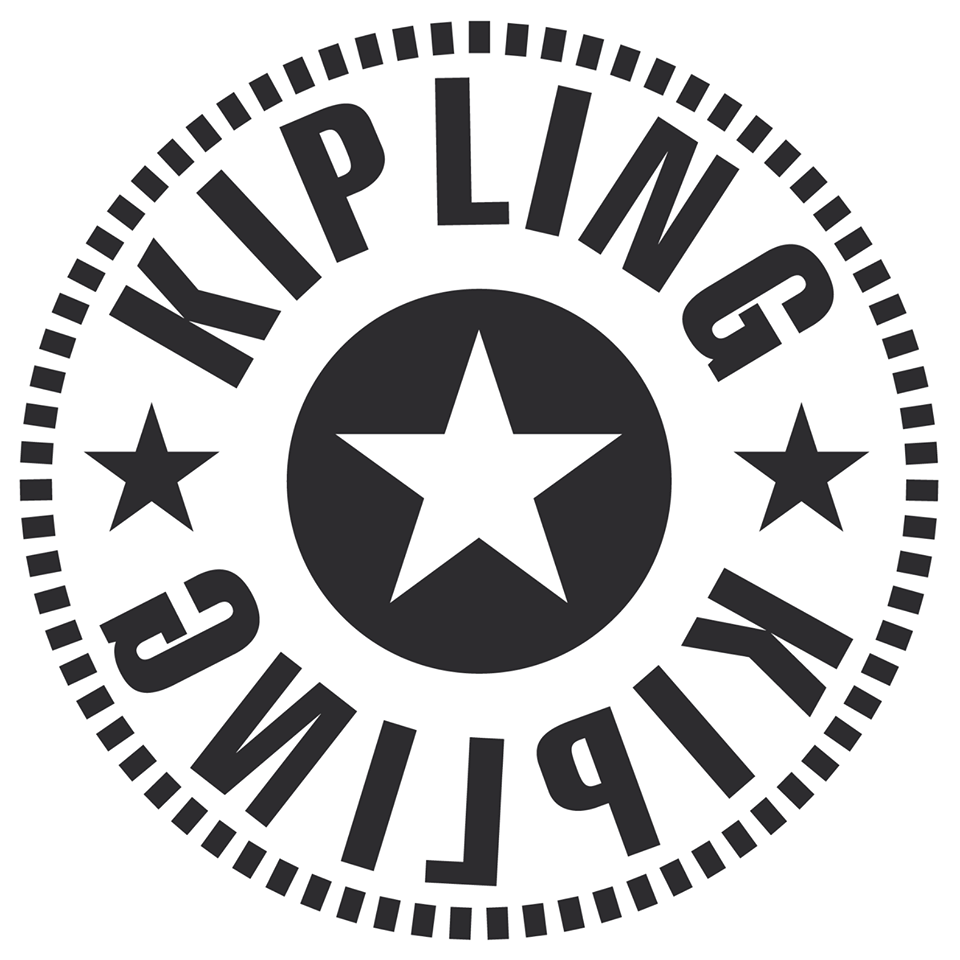
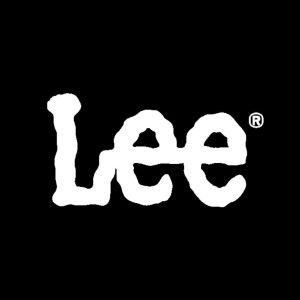

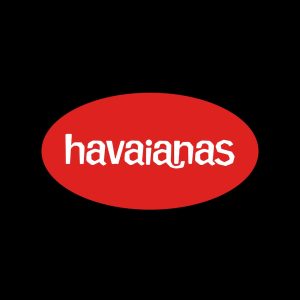
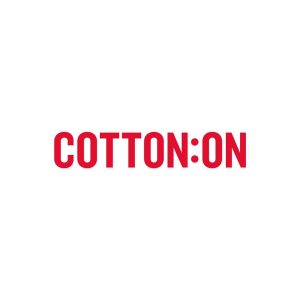
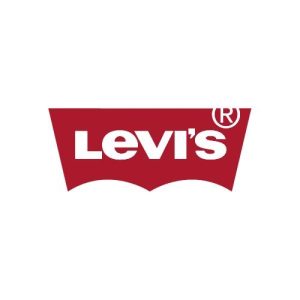
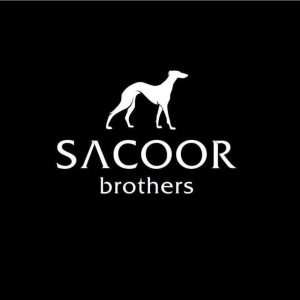
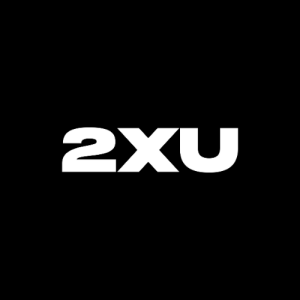

Reviews
There are no reviews yet.